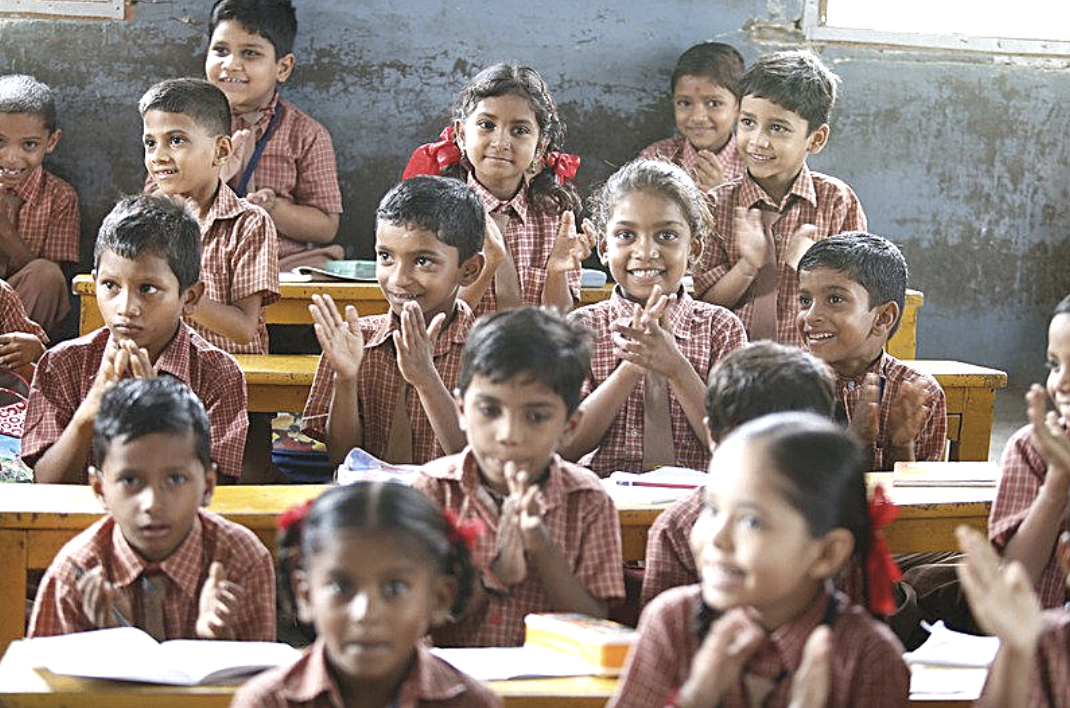【Blog】The 2020s: Three trends to watch out for in the Asian human resource market
※本記事は、2019年6月の記事(以下リンク参照)を英訳にしたものになります。
https://gozioki.com/2019/06/210/
First trend (Short-term): No more borders
Globalization has allowed us to find a working place all over the world. It is no longer a rarity to find a Japanese person working in Brazil or a French person working in New Zealand. Your home country is no longer the only place that can offer you a job. Borders are not barriers anymore. This is a good thing for those who want to work abroad, as it simply gives people more opportunities. It is also a good thing for countries that lack a labor force with the desired skills because more people willing to work in other countries just means more available labor.
Internet and social networks are definitely playing a huge role in this trend. Job applicants can apply to companies all over the world much more easily. Social networks allow companies to reach out to candidates directly.

From a candidate’s viewpoint, salary is certainly an important aspect when choosing a job. However, in a globalized world, whether it is a comfortable working place or not from a cultural point of view, also becomes important. It is easy to imagine that working abroad and working in your home country is not the same. Companies must understand this if they want to attract candidates from the global human resource market.
Second trend (Medium-term): Right person in the right place
When asymmetric information is eliminated, what remains is complete information. Thus, there is naturally better quality of information in the market.
In the first trend, where borders are no longer barriers, information asymmetry is eliminated. It creates an environment where people can find jobs regardless of country. The logical next step, or the market’s requirement, is to have the “right person in the right place.” The first trend is about crossing borders, and the second trend is about pursuing the best compatibility.
It is about the skills, characteristics, preferences; candidates will have specific requirements. Companies that can capture all this information will have an advantage in the market in terms of “quality of information.”
There are many tools and tests out there to measure the skills and characteristics of people. The point is to integrate all the information and to try to understand how well a candidate can adapt to a new culture and a new environment. If companies use such organized information about candidates and if candidates respond to companies, good compatibility can be achieved.

Third trend (Long-term): High-skilled workers
Having the “right person in the right place” seems like an ideal world. What’s next?
When we think about technology, machines, computers, AI, we all know that “jobs” will be replaced by machines, starting from tasks that demand less skill, gradually shifting to those that demand complex skills. This means that manual labor will eventually be completely taken over from the human beings.
In the future, there will only be high-skilled work for human beings. This will lead to a high demand for high-skilled workers, and with the increased importance of high-skilled workers, education will become crucial. Thus, education will not be just about teaching facts and expanding knowledge, it will be about providing solutions in order to develop talent that can meet the specific requirements of companies. This is in line with having the “right person in the right place.”
Opportunities have never been more ripe for education-related businesses. With this third trend awaiting us, education-related businesses can play a tremendously important role in the Asian human resource market. Again, “education” is key.
